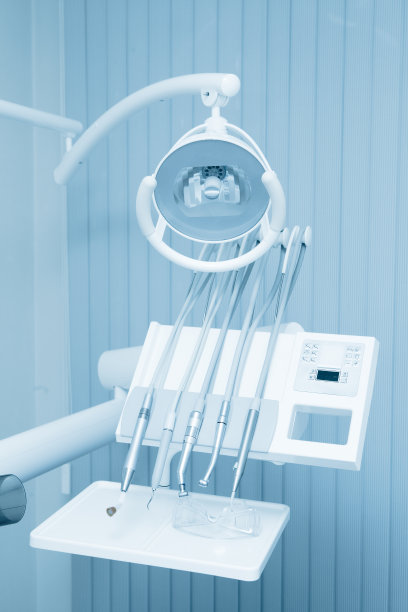The Essential Guide to Extracting a Tooth Safely and Effectively at Home or with Professional Help
Summary: Extracting a tooth can be a daunting experience, whether attempting it at home or seeking professional help. This essential guide provides a comprehensive overview of safe and effective tooth extraction, focusing on the circumstances under which home extraction may be feasible and the critical considerations when seeking professional assistance. We will explore indications for tooth removal, techniques to ensure a safe extraction process, post-extraction care, and professional alternatives. By equipping readers with knowledge about proper extraction methods, potential risks, and aftercare, this guide aims to ensure a successful tooth extraction experience.
1. Understanding When Tooth Extraction is Necessary

Tooth extraction is often necessary in cases where dental decay or damage is too severe for restoration. Common reasons for extraction include advanced cavities, periodontal disease, or overcrowding in the mouth. Understanding these conditions is essential to determine whether extraction is the best course of action.
In some cases, teeth that are impacted—such as wisdom teeth—may also warrant removal to prevent pain or future dental complications. Patients should evaluate symptoms such as swelling, persistent pain, or difficulty in chewing as these may indicate the need for professional evaluation.
Consulting with a dentist encourages informed decision-making. Even if considering a home extraction, it is wise to discuss potential risks and benefits with a dental professional to avoid complications down the line.
2. Essential Techniques for Safe Home Extraction
If a home extraction is deemed appropriate, following proper techniques is crucial. First, ensure the extraction environment is clean and hygienic to prevent infections. Begin by gathering the necessary tools, such as sterile gauze, dental floss, and possibly topical numbing agents.
Next, gently wiggle the tooth back and forth to loosen it from the surrounding gum tissues. Apply a steady, firm pressure while pulling the tooth straight out. Sudden yanking or twisting can lead to broken teeth or damaged gums, so patience is key during this process.
After the tooth is extracted, placing gauze over the socket to manage bleeding is essential. Patients should bite down gently on the gauze and change it as necessary, ensuring that the bleeding is under control.
3. Importance of Post-Extraction Care
Proper post-extraction care is vital to ensure a smooth recovery and to prevent complications. After the extraction, resting for at least 24 hours while avoiding strenuous activities is recommended. It’s also crucial to avoid sucking motions, such as using straws, that can dislodge the blood clot formed in the extraction site.
Maintaining a diet of soft foods for the first few days can help prevent any irritation or injury to the extraction site. Foods like applesauce, yogurt, and mashed potatoes are excellent choices during recovery.
Additionally, monitoring the extraction site for signs of infection or excessive bleeding is essential. If complications arise, seeking professional medical attention becomes crucial to address any issues promptly.
4. When to Seek Professional Help
While some may attempt home extraction safely, there are clear indicators when to seek professional help. Severe pain that is not manageable with over-the-counter pain medications, excessive bleeding, or the presence of swelling that does not improve may indicate a need for professional intervention.
Dentists possess the training and tools necessary to perform extractions while minimizing risks. They can utilize sedation options to manage pain and anxiety, making the process more comfortable for the patient.
Furthermore, dental professionals can provide post-extraction care tailored to the individual’s needs. This includes antibiotics if there’s a risk of infection and proper follow-up appointments to ensure healing is progressing normally.
Summary:
Tooth extraction, whether performed at home or in a professional setting, requires careful consideration and understanding. Knowing when to extract, the techniques for safe extraction, how to care for oneself afterward, and when to seek help from a dentist is fundamental to protecting oral health.
This guide has emphasized the importance of informed decision-making, thorough preparation, and appropriate aftercare. By following these key points, individuals can navigate tooth extraction with confidence.
This article is compiled by Vickong Dental and the content is for reference only.



